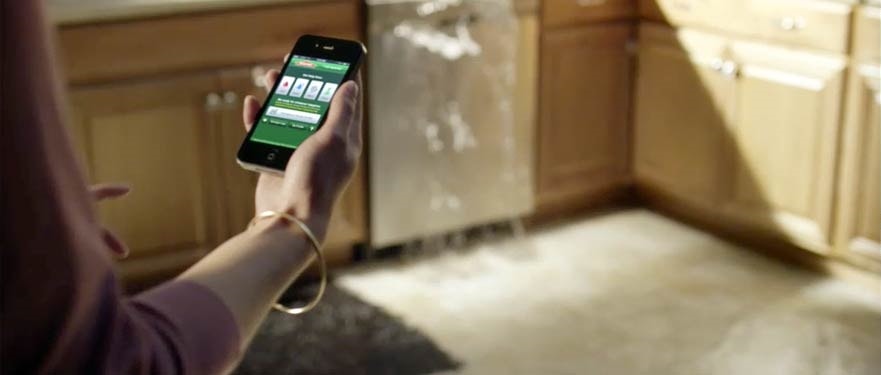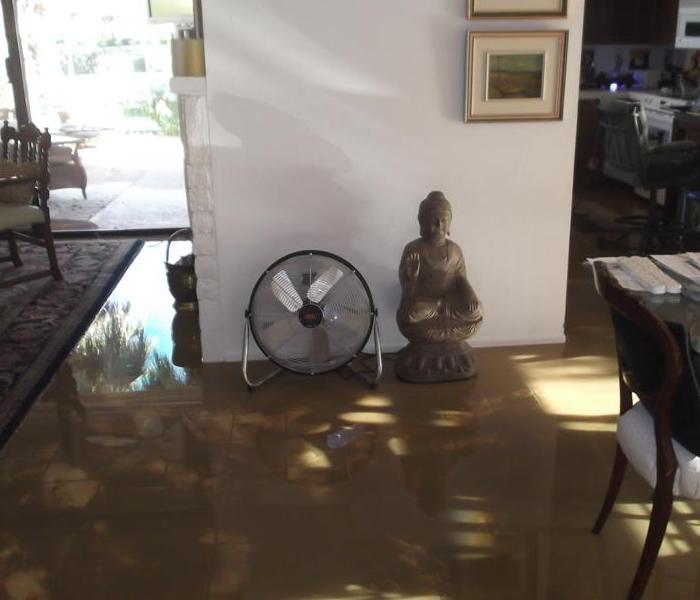
Water Damage Emergency Tips
What you can do until help arrives
Water Tips | Fire Tips | Biohazard Tips | Mold Tips
When faced with water damage in your home, it's crucial to take immediate action to minimize further harm. Here are five essential steps to follow:
-
Unplug Electronics: As soon as you discover water damage, disconnect all electronic devices. Even if the extent of the damage is unclear, exercising caution around appliances and gas lines is crucial to prevent electrical shocks or explosions.
-
Inspect for Mold: Certain molds can be harmful to human health and spread rapidly. Regularly check for mold growth to avoid potential hazards. For minor issues, remove and dispose of the affected area promptly. Seek assistance from a mold specialist, as mold can often lurk within walls or floors.
-
Dry Affected Areas: To prevent further damage, eliminate moisture and thoroughly dry the affected areas. Utilize fans or a high-capacity dehumidifier to circulate air and dry out carpets, wood, and surrounding materials.
-
Remove Damaged Materials: Dispose of water-soaked porous materials, such as insulation or carpet, immediately to prevent mildew. Prioritize addressing ceilings and floors, replacing unsealed cement, drywall, and wood to restore the structural integrity of your home.
-
Disinfect Remaining Areas: Depending on the water type, it can contain bacteria and other hazards that may cause health issues. Additionally, it can promote mold growth. Thus, it's crucial to sanitize the entire area after removing damaged materials. Use bleach to spray and wipe down surfaces, preventing mold spores from proliferating before commencing repairs.
Have A Water Damage Emergency? Call (760) 346-7270
What To Do After Flooding
- Remove excess water by mopping and blotting.
- Wipe excess water from wood furniture after removal of lamps and tabletop items.
- Remove and prop wet upholstery and cushions.
- Place aluminum foil or wood blocks between furniture legs and wet carpeting.
- Turn air conditioning on for maximum drying in summer.
- Remove colored rugs from wet carpeting.
- Remove art objects to a safe, dry place.
- Gather loose items from floors.
What NOT To Do After Flooding
- Don't leave wet fabrics in place. Hang furs and leather goods.
- Don't leave books, magazines or other colored items on wet carpet or floors.
- Don't use your household vacuum to remove water.
- Don't use television or other household appliances.
- Don't turn on ceiling fixtures if ceiling is wet, and keep out of rooms where ceilings are sagging.





 24/7 Emergency Service
24/7 Emergency Service




